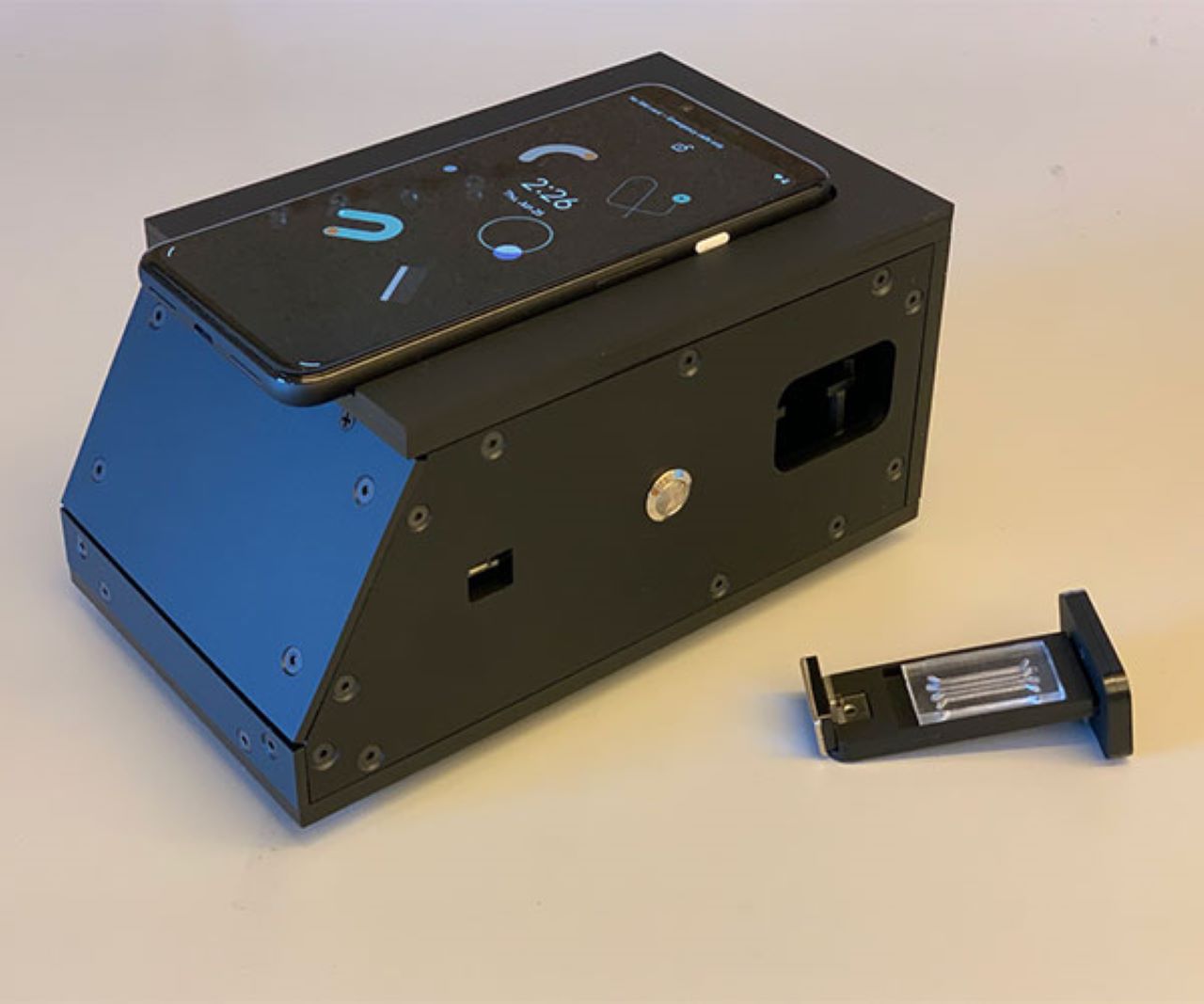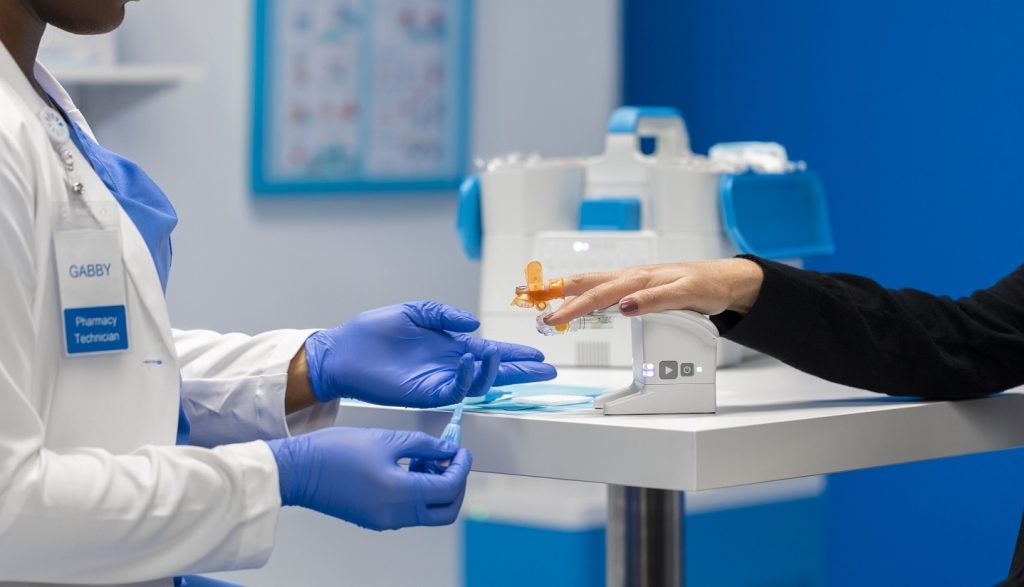
UC Berkeley and Gladstone Institutes’ researchers have developed a new Covid-19 diagnostic test that can provide result in 15 to 30 minutes using a smartphone camera.
The new clustered regularly interspaced short palindromic repeats (CRISPR)-based test can also provide an estimate of viral load or the number of virus particles in a sample.
This will aid doctors in monitoring disease progression and analyse how contagious a patient might be.
The technique has been designed in partnership with Gladstone Institute of Virology director Dr Melanie Ott along with Berkeley professor and Gladstone senior investigator Jennifer Doudna.
Doudna won the 2020 Nobel Prize in Chemistry for co-discovering CRISPR-Cas genome editing. This technology is the basis of the test.
Doudna said: “One reason we’re excited about CRISPR-based diagnostics is the potential for quick, accurate results at the point of need.
How well do you really know your competitors?
Access the most comprehensive Company Profiles on the market, powered by GlobalData. Save hours of research. Gain competitive edge.

Thank you!
Your download email will arrive shortly
Not ready to buy yet? Download a free sample
We are confident about the unique quality of our Company Profiles. However, we want you to make the most beneficial decision for your business, so we offer a free sample that you can download by submitting the below form
By GlobalData“This is especially helpful in places with limited access to testing or when frequent, rapid testing is needed. It could eliminate a lot of the bottlenecks we’ve seen with Covid-19.”
A lot of Covid-19 diagnostic tests work on the polymerase chain reaction (PCR), which searches for pieces of the SARS-CoV-2 viral RNA in a sample.
It works by isolating the viral RNA, then converting the RNA into DNA and amplifying the DNA segments, making many identical copies, for easy detection of the segments.
The new test uses the CRISPR Cas13 protein, which directly attaches and cleaves RNA segments.
Without the DNA conversion and amplification steps, the test cuts down the time required to complete the analysis.
In the diagnostic test, CRISPR Cas13 proteins are programmed to identify segments of SARS-CoV-2 viral RNA and then combined with a probe that turns fluorescent when cleaved.
When the Cas13 proteins are activated by the viral RNA, they start to cleave the fluorescent probe.
Using a handheld device, the resulting fluorescence can be measured by a smartphone camera.
A brighter fluorescence rate is related to a higher number of virus particles in the sample.
At present, the team is working to package the CRISPR-based assay into a device that could be offered at clinics and other point-of-care settings.




